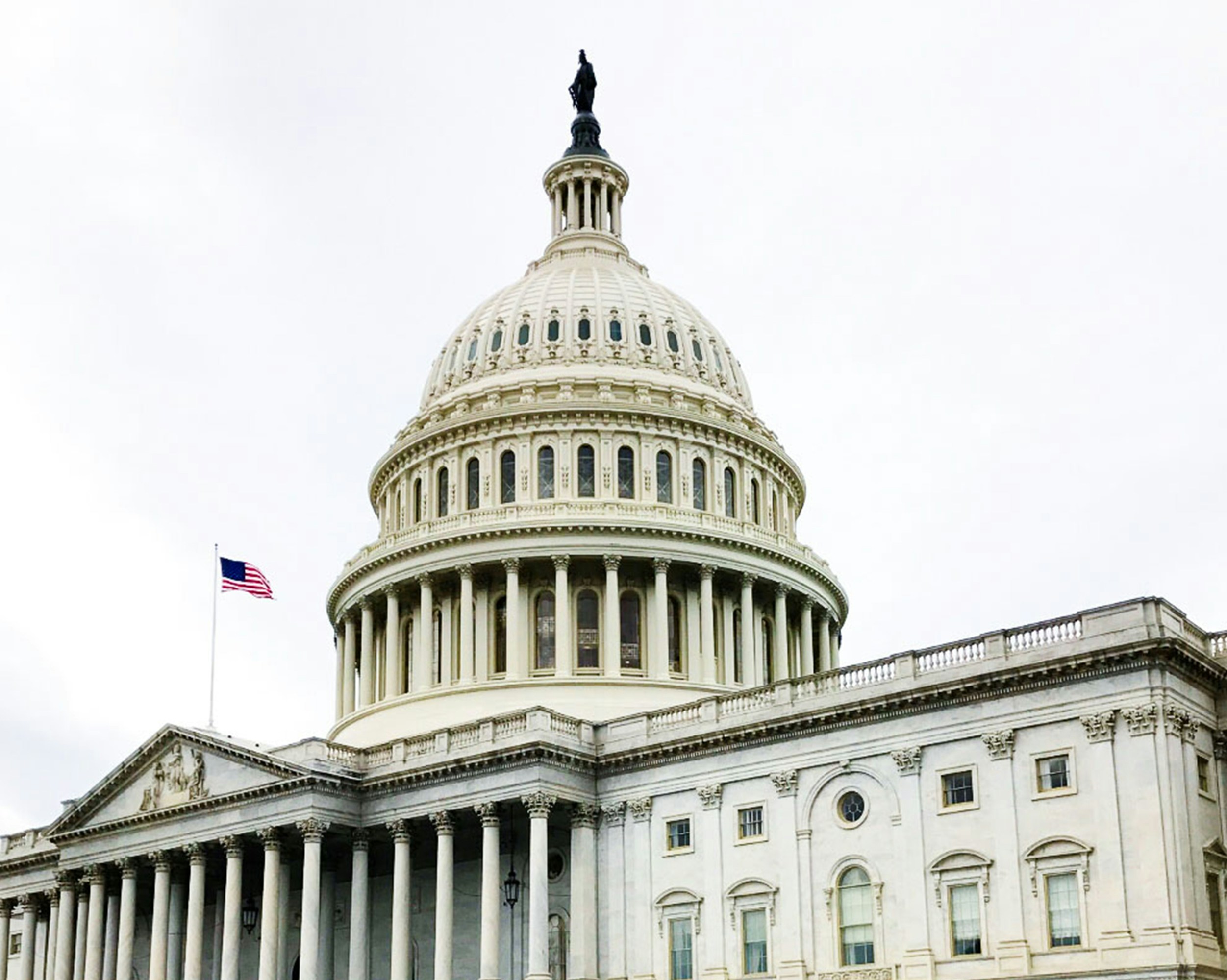
New Year’s Resolutions For Your Employee Handbook
- Breaking News
Employee handbook updates are a decidedly unglamorous chore, and, just like dusting your baseboards, it’s a chore that can be put off, until, that is, the in-laws (i.e., government regulators or Plaintiff’s counsel) come around with white gloves and black lights to see just how well you’ve been keeping house. While employers ought to review their handbooks annually to make sure they’re still relevant, accurate, and legally-compliant, 2023 brought legislation and judicial decisions whose impact is too important to put off until 2025.
Resolution 1: Revise your Employee Handbook to Include a Succinct, Unified Request for Accommodation Procedure.
Hopefully, your Equal Employment Opportunity policy already contains a section directing employees how to make requests for reasonable accommodations, but it may be explicitly or implicitly limited to requests arising out of an employee’s disability, or disability and pregnancy. Due to the enactment of the Pregnant Worker Fairness Act (PWFA), effective June 2023, and the Supreme Court’s decision in Groff v. DeJoy, employers should now include pregnancy and religion by name in their reasonable accommodation policies, alongside disability. The PWFA mandates employers of 15 or more employees follow a reasonable accommodation process similar to the ADA for employees and applicants with pregnancy-related limitations. Groff v. DeJoy (June 29, 2023) held that employers of 15 or more employees had to follow similar employee-friendly accommodation practices when employees or applicants requested accommodation based on religious practice or belief, effectively overturning a 1977 decision that minimized the employer’s obligation to grant religious accommodations. I could (and frankly, have) spoken for hours and written many pages on the details of these changes, but the bottom line is that all requests for work modification need to get into the hands of trained HR personnel who understand the interactive process and are committed to following the pretty rapid changes in this area of the law.
Some recommendations:
- Keep it brief. No one needs a list of legal definitions. Not to mention that there’s going to be years of litigation over these changes.
- Designate a person, not a form. There are many things an employee can’t be required to put in writing to trigger an employer to act, and accommodation requests are one of those things. I’ve seen far too many times where the existence of a form (even one intended to be optional) led an untrained supervisor to believe that he/she had no obligation to respond or escalate an employee issue until it was “put in writing.”
- Train supervisors to recognize a potentially protected request and refer it to the right person (HR), and to tell HR about the request and their response.
Resolution 2: Review your Handbook’s At-Will Language and Disciplinary Procedure Policies.
Alabama is traditionally, and with good reason, known as a strong employment-at-will state. However, taking a page from the strict textualism employed by the U.S. Supreme Court, the Alabama Supreme Court found that an employer’s handbook disclaimer that employment wasn’t promised for any specific duration wasn’t a full-on embrace of employment-at-will. The Court held that this limitation plus a very specific policy appearing to give the employee access to a review and appeal process meant that while the employee in question could be terminated for any reason, he couldn’t be terminated unless the employer followed its internal notice and review procedures.
What to do:
- Closely read your handbook for all instances of at-will-esque and not-a-contract language. Be sure it’s not limited to just duration or just reason. These sentences need not be long. A simple “This is not an express or implied contract of employment” is enough. You’re likely to find these clustered at the beginning and end (acknowledgement) of your handbook, but they may be elsewhere…or missing elsewhere.
- Look for shall, will, and must words that could imply an employer obligation, especially in policies on probationary/introductory periods, discipline, grievance, appeal, and benefits.
Resolution 3: Review Your Diversity, Equity, Inclusion, and Belonging Policies and Practices.
The Supreme Court’s decision in Students for Fair Admissions v. Harvard and UNC, which invalidated expressly race-conscious college admissions practices, has been unfairly used as a springboard to attack employer diversity initiatives. I say this is unfair because what the colleges were doing with the Supreme Court’s unique blessing since 1978 was expressly including race in decisionmaking. That’s never been lawful in such an across-the-board fashion for employers. In fact, even federal contractors covered by affirmative action obligations are expressly prohibited from considering race, sex, or ethnicity; they just have to track them. So, while there’s historically been nothing wrong with an employer voluntarily taking steps to broaden its applicant pool, analyze its employment practices (including compensation), and celebrate various groups of people and particular individuals, politicians are coming out of the woodwork to demonize or require these practices.
Recommendation:
Of late, some employers have rushed so fast to embrace the principles of DEIB that they have embraced plans and consultants that crossed the line from encouraging diversity and introspection to quota hiring. Be sure that your company doesn’t do so, especially in the employee handbook! The precise commitments an employer will make, if any, will depend on the jurisdictions the employer does business in, its corporate direction, and risk tolerance.
If you need any assistance or have any questions, we at Lehr, Middlebrooks, Vreeland & Thompson, P.C. are happy to help. Please contact Whitney Brown at 205-323-9274 or wbrown@lehrmiddlebrooks.com





